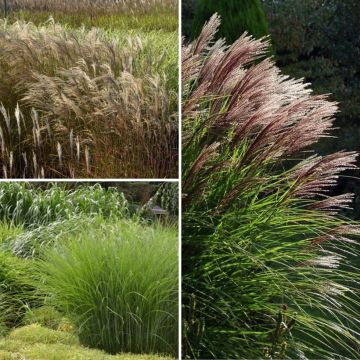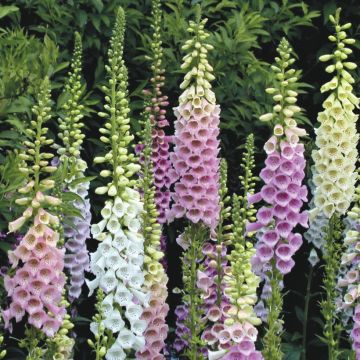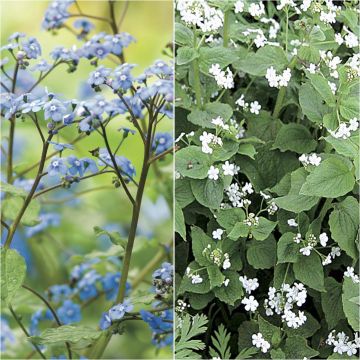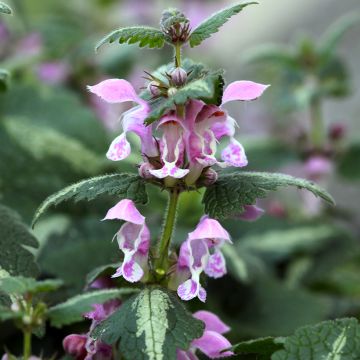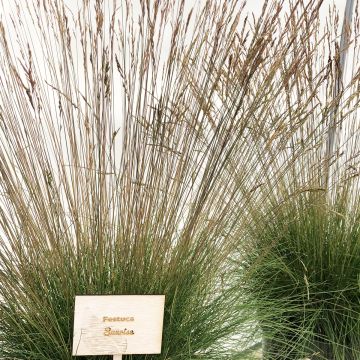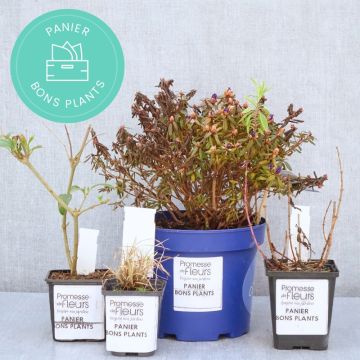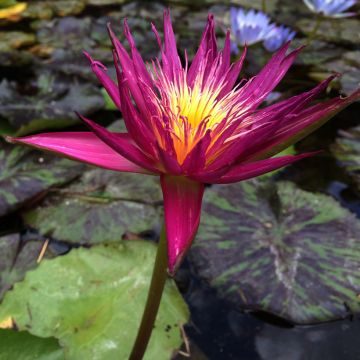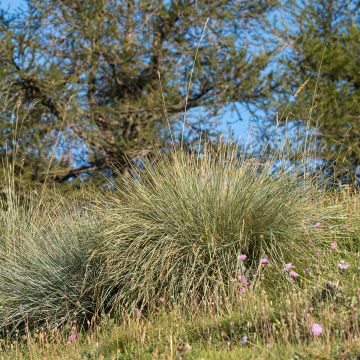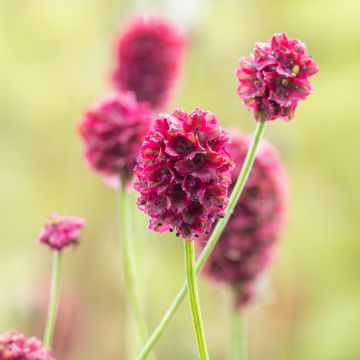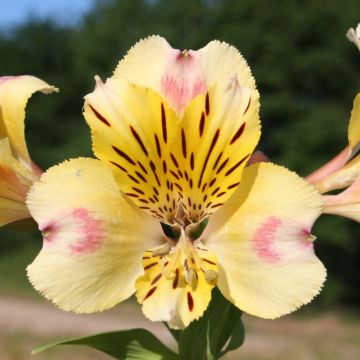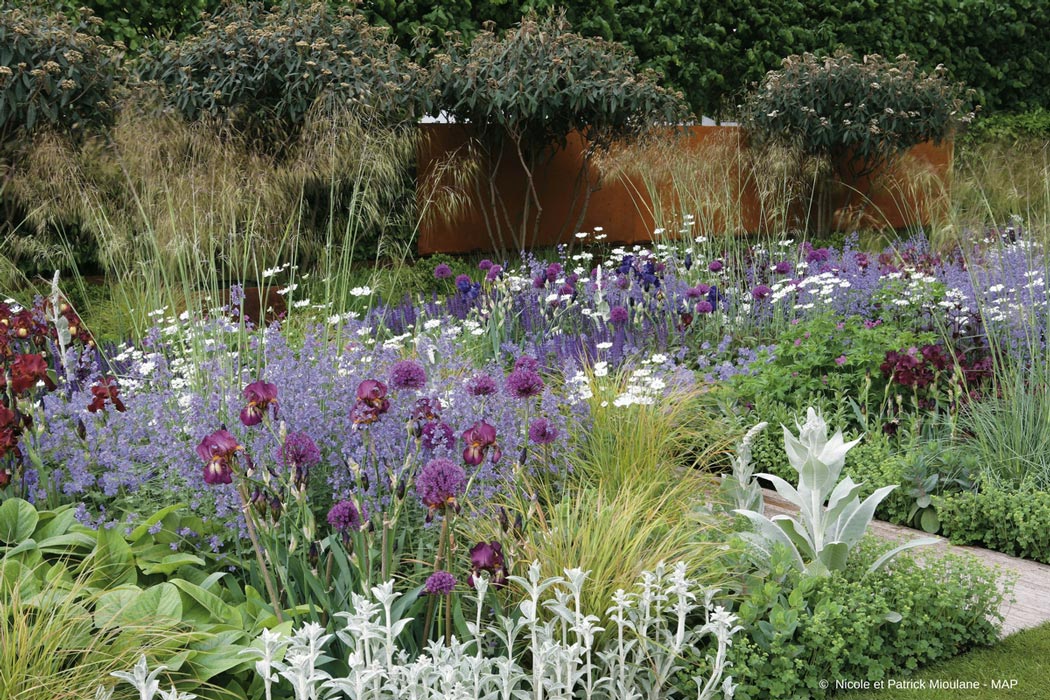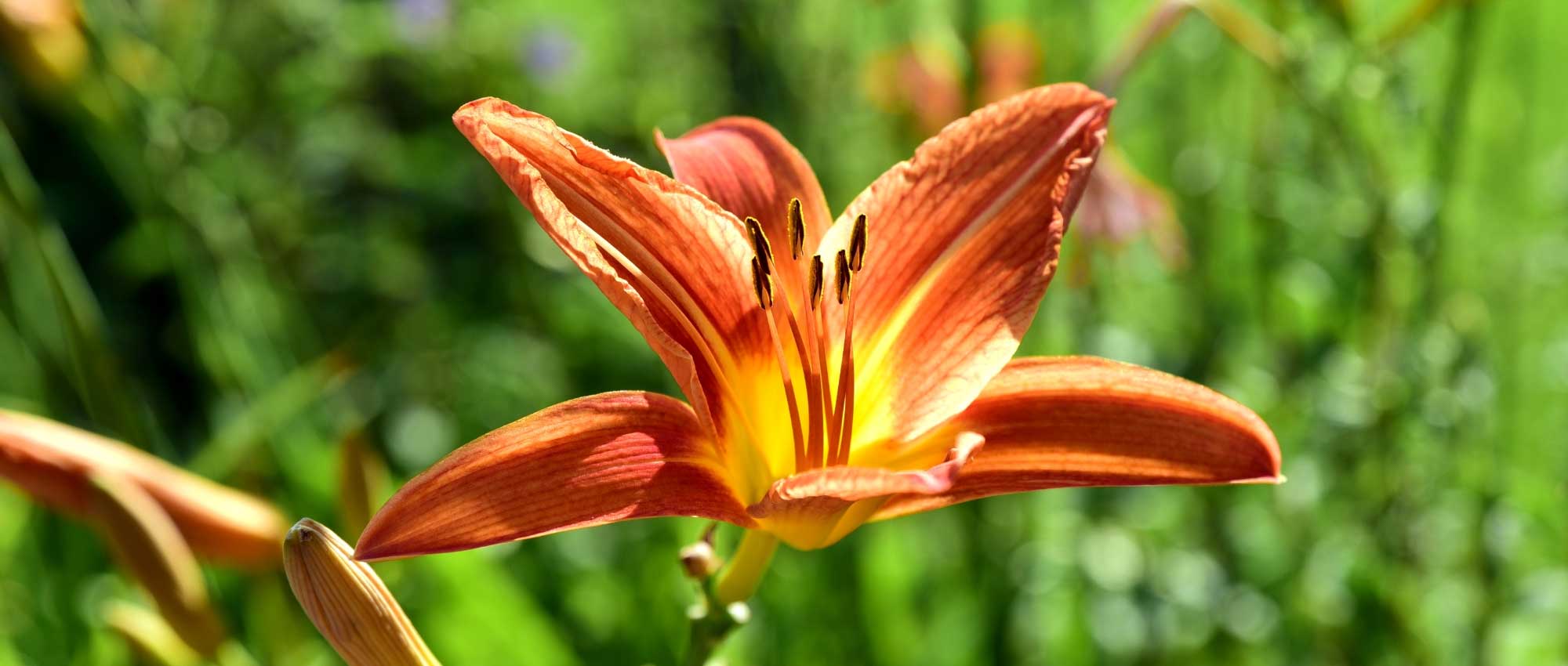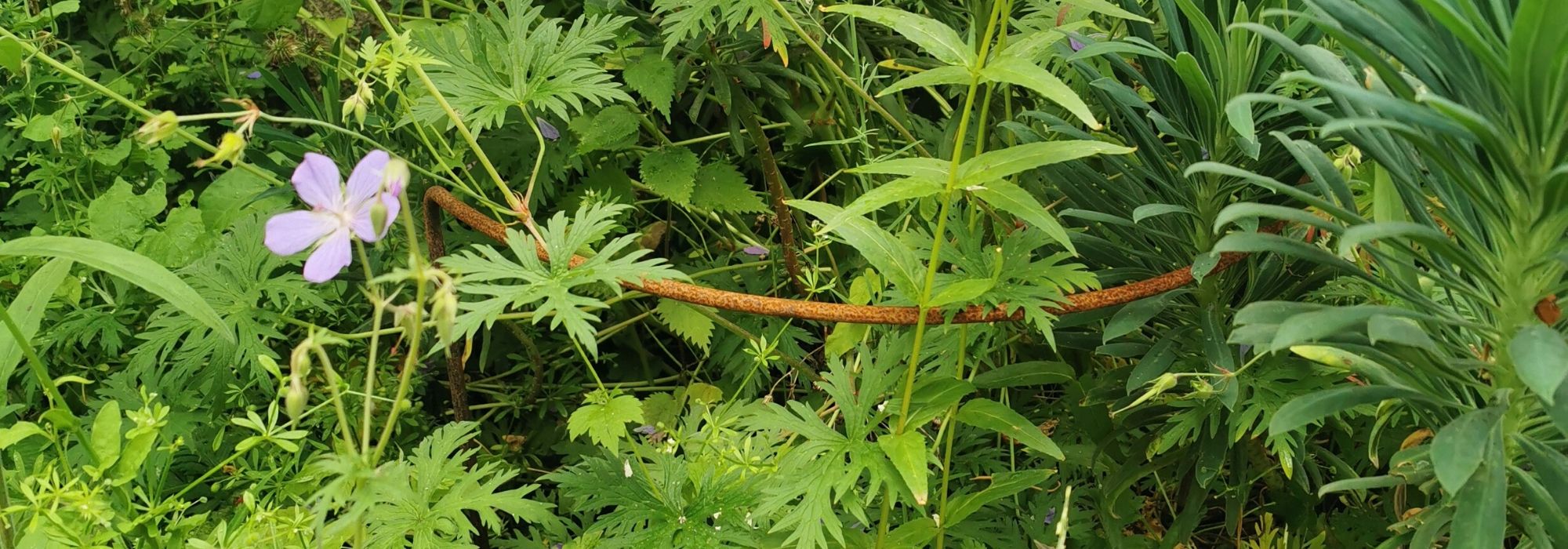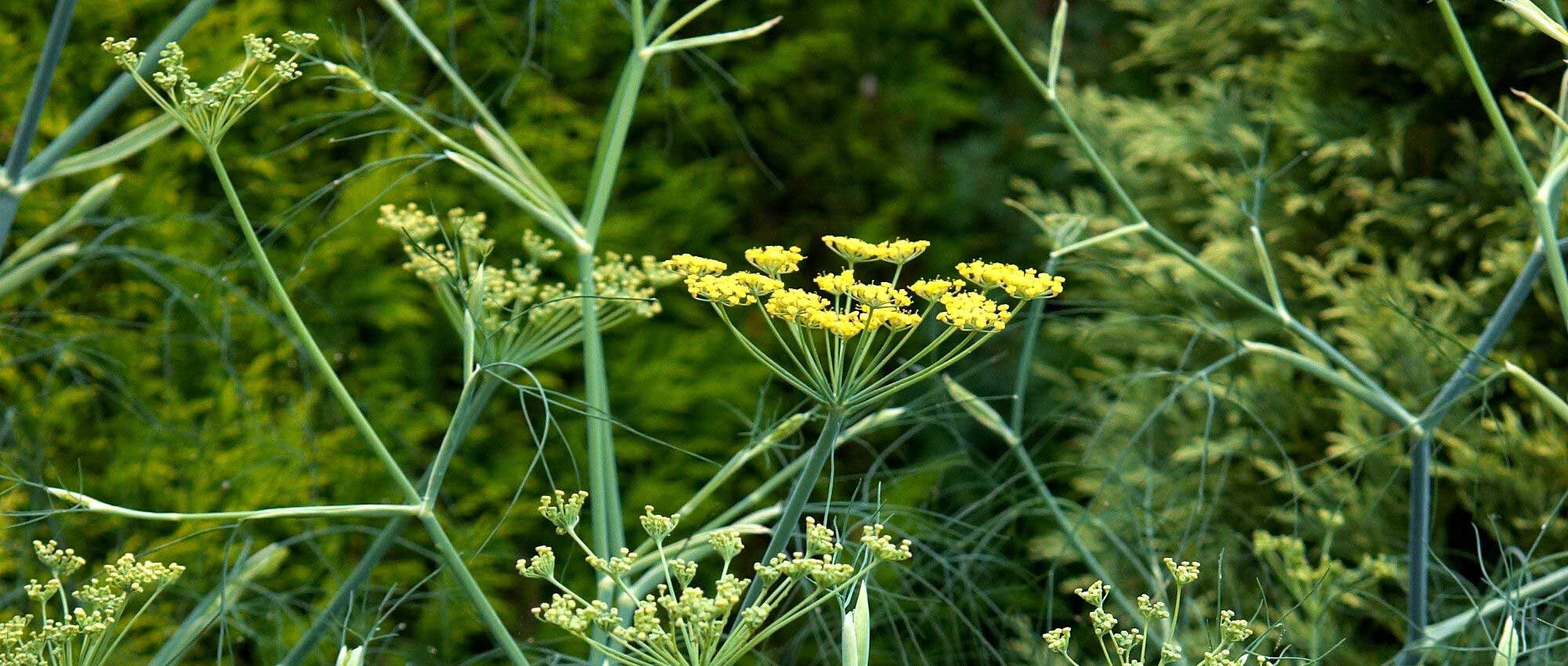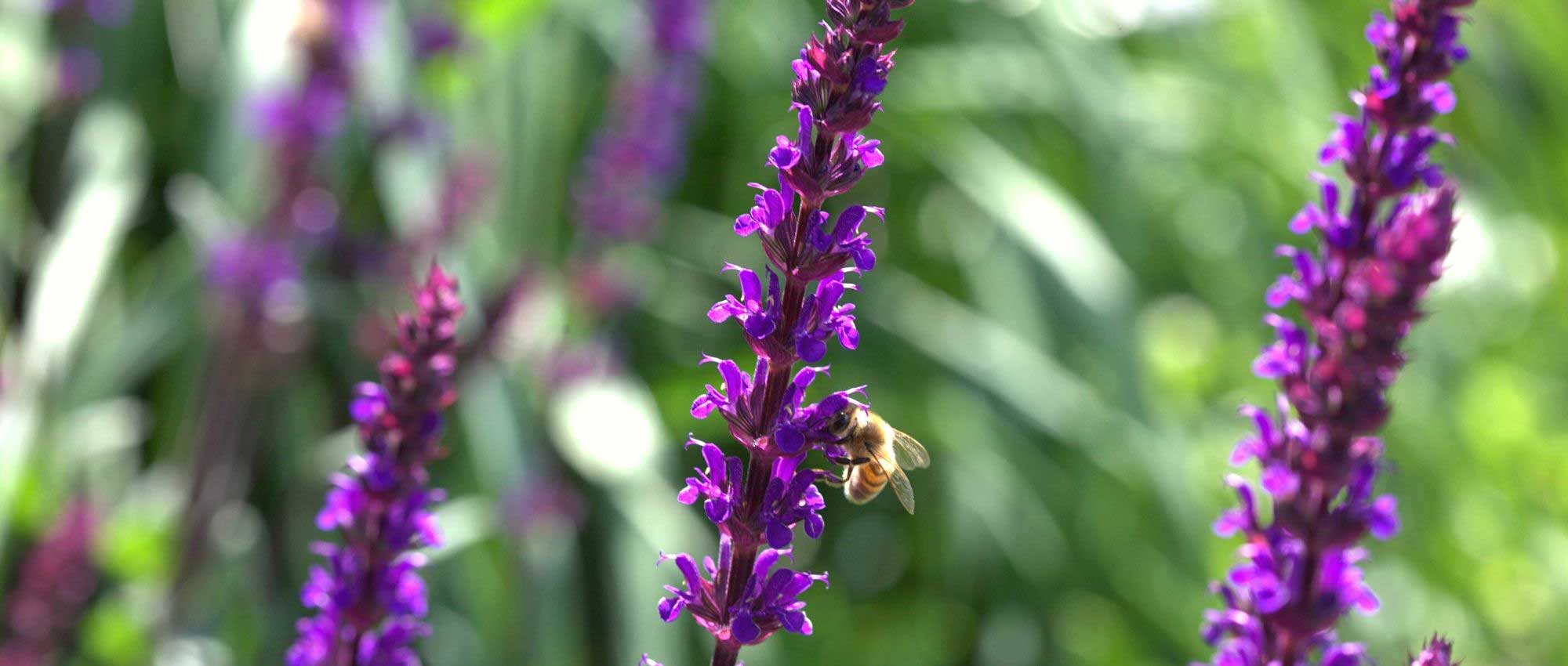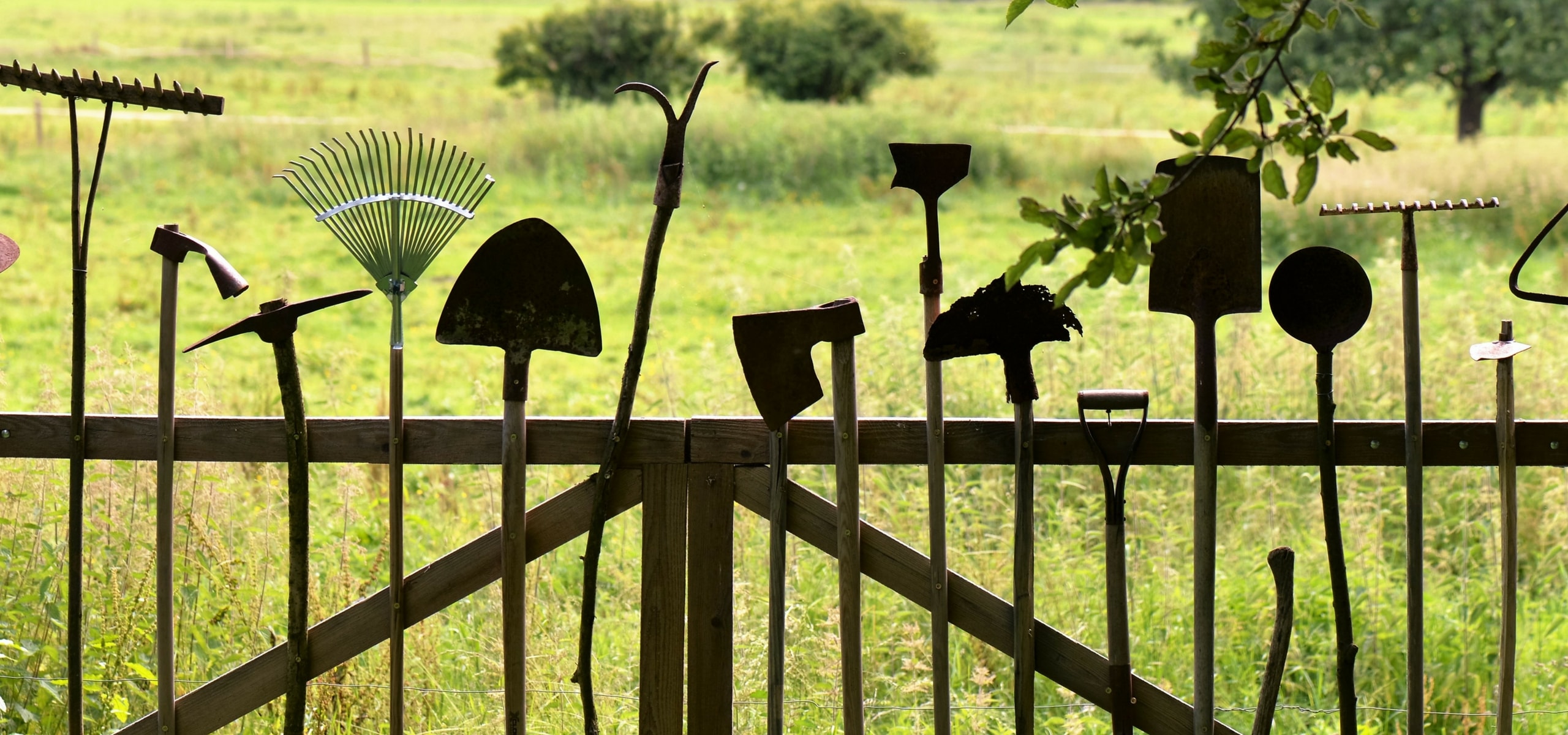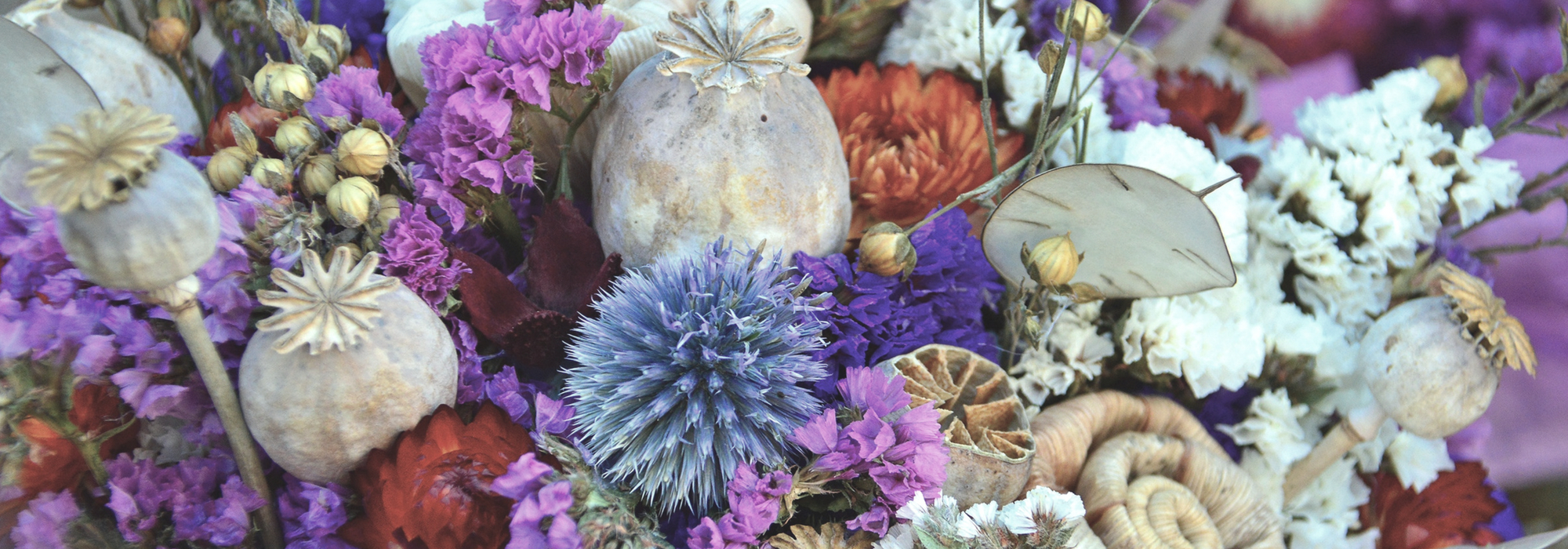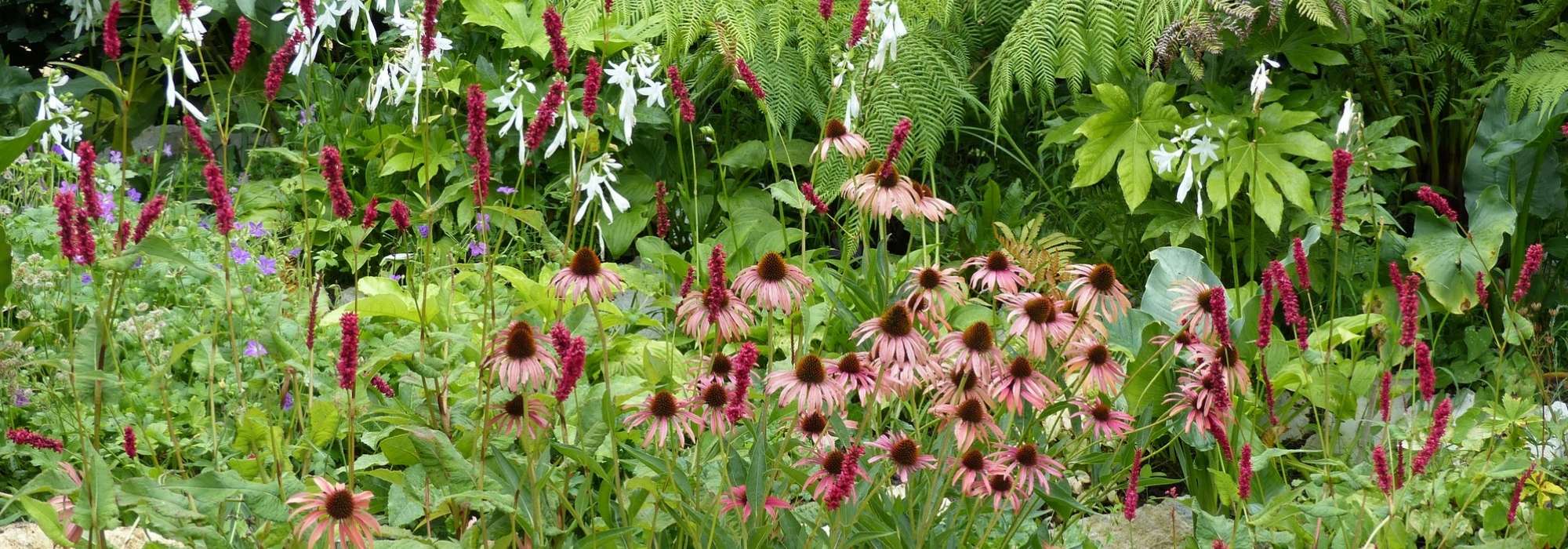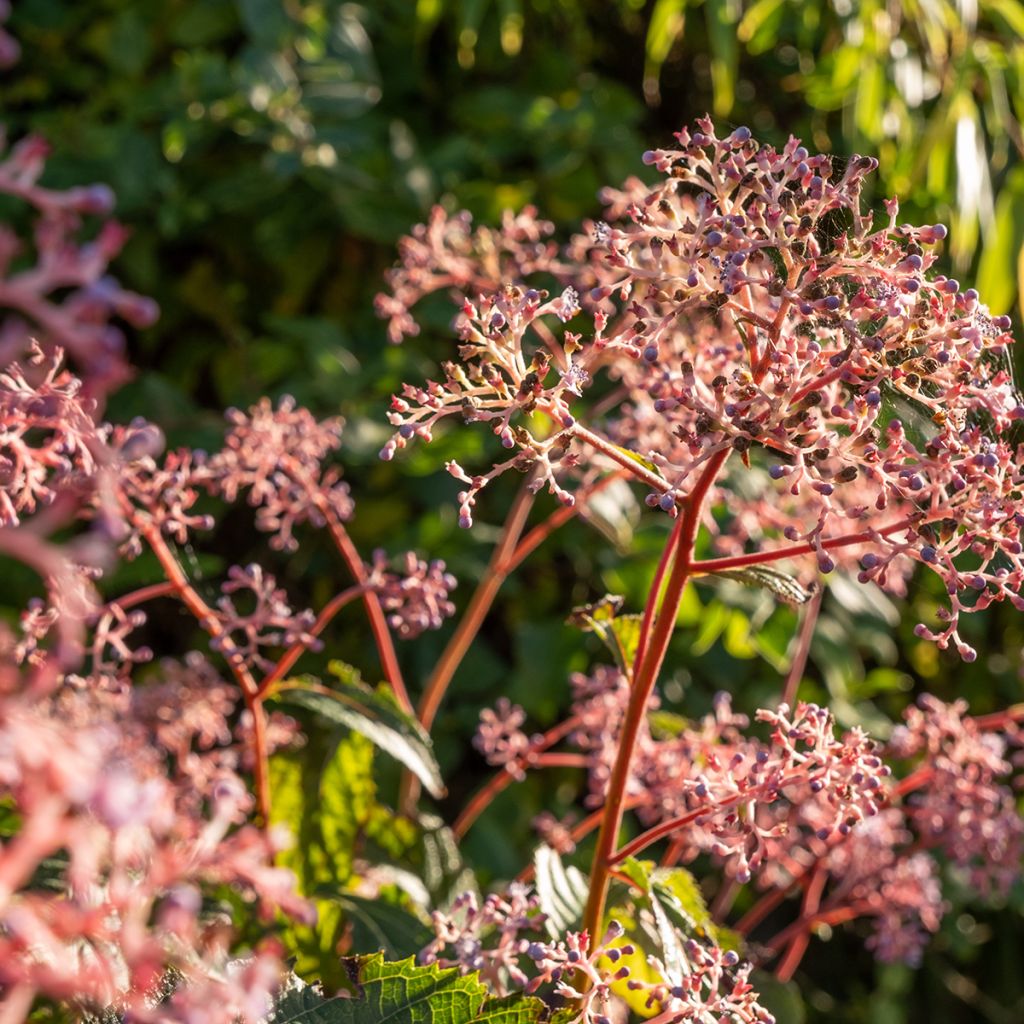

Cardiandra Bunches of the Sky
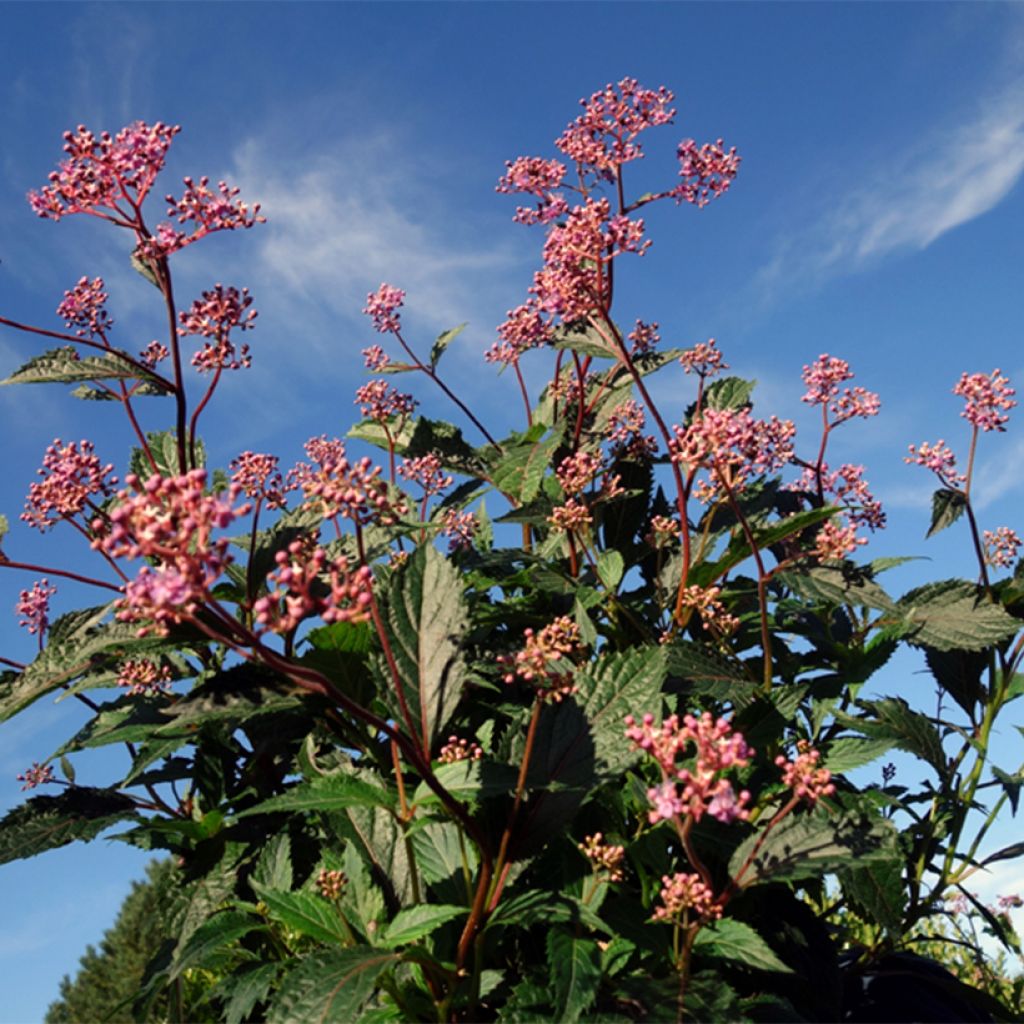

Cardiandra Bunches of the Sky
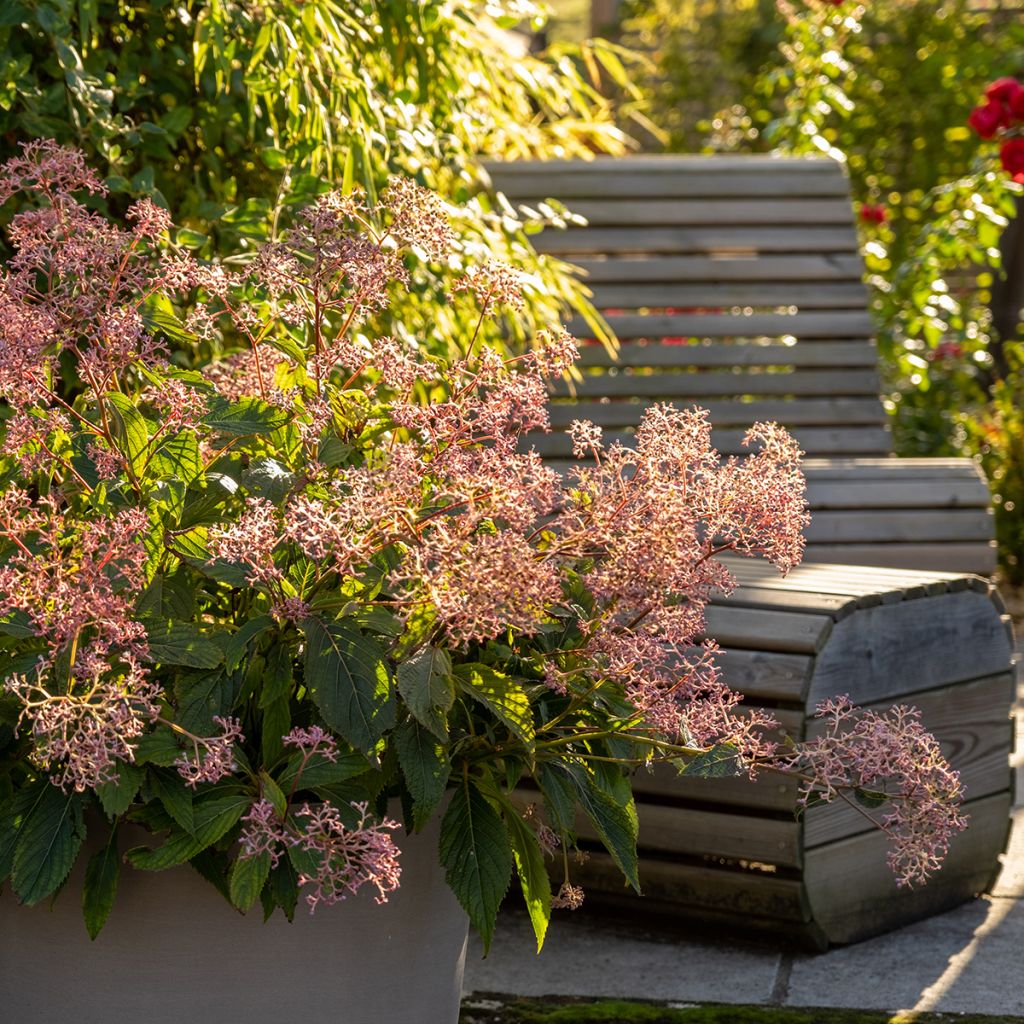

Cardiandra Bunches of the Sky
Cardiandra Bunches of the Sky
Cardiandra Bunches of the Sky
Cardiandra
Special offer!
Receive a €20 voucher for any order over €90 (excluding delivery costs, credit notes, and plastic-free options)!
1- Add your favorite plants to your cart.
2- Once you have reached €90, confirm your order (you can even choose the delivery date!).
3- As soon as your order is shipped, you will receive an email containing your voucher code, valid for 3 months (90 days).
Your voucher is unique and can only be used once, for any order with a minimum value of €20, excluding delivery costs.
Can be combined with other current offers, non-divisible and non-refundable.
Why not try an alternative variety in stock?
View all →This plant carries a 12 months recovery warranty
More information
We guarantee the quality of our plants for a full growing cycle, and will replace at our expense any plant that fails to recover under normal climatic and planting conditions.
Does this plant fit my garden?
Set up your Plantfit profile →
Description
Cardiandra 'Bunches of the Sky' is a horticultural hybrid derived from a plant that is still largely unknown outside the community of collectors. This perennial of Asian origin, similar to Hydrangeas, is a deciduous herbaceous plant that grows in moist, neutral to acidic soil, in a shady position. It forms a low clump, wider than it is tall, filled with long dark green leaves. At the end of summer, inflorescences composed of small pink flowers appear, some sterile and others fertile, rising above the vegetation. Cardiandra is hardy and can be grown in the ground under the shade of bushes and in pots on a shady terrace.
Cardiandra is a little-known genus in the small family of Hydrangeaceae, which includes the large group of Hydrangeas, as well as some common genera like Deutzia or Philadelphus. The Cardiandra genus only has a few species, the most common in cultivation being C. alternate, of which several cultivars are known, while the others are botanical species: C. formosana, C. moellendorfii, C. amamoshimiensis...
The 'Bunches of Sky' variety is the result of an uncertain cross-breeding between two Cardiandra plants, which has benefited the flowering and hardiness of the plant. It can withstand temperatures as low as -15°C (5°F) to -18°C (-0.4°F), allowing it to be planted almost anywhere, sheltered from strong winds. This original perennial forms a fairly dense clump, 50 cm (20in) tall and 70 cm (28in) wide, consisting of branching and upright stems. It bears oval leaves, about ten centimetres long or more, with pointed tips and serrated edges. They are dark green, arranged alternately and carried by short petioles. In late summer, reddish floral stems appear, bearing corymbs of small, pink sterile and fertile flowers. This is similar to hydrangeas, thus marking their close relationship. The pink inflorescences tower above the dark foliage, creating a real spectacle.
Cardiandra 'Bunches of the Sky' is suitable for a shady bed and makes a beautiful and original potted plant when its rosy cloud of flowers blooms for several weeks in September and October. It pairs well with acid-loving plants, as it generally shares the same needs. You can place it at the edge of a bed, under the protective shade of bushes such as Witch Hazels with their magnificent autumn colours. To achieve a year-round flowering bed, add Azaleas with spring blossoms. Other shade-loving perennials will also make good companions, such as Hostas with their decorative leaves. Hosta tardiana Halcyon with its large blue leaves will create a stunning contrast with the green vegetation of the Cardiandra, while its mauve blooms will precede the Cardiandra's.
Report an error about the product description
Cardiandra Bunches of the Sky in pictures


Flowering
Foliage
Plant habit
Botanical data
Cardiandra
Bunches of the Sky
Hydrangeaceae
Cardiandra
Cultivar or hybrid
Other Perennials A to Z
View all →Planting and care
The 'Bunches of the Sky' Cardiandra is quite demanding in terms of growing conditions. It cannot tolerate dryness, limestone, or full sun. Choose a semi-shaded exposure, under tall bushes, or even in a woodland situation, which will maintain a certain atmospheric humidity. The soil should be at least neutral, preferably acidic, and moist. In soil close to neutrality, dig a hole with sides and bottom of 50 cm (20in) and generously enrich it with acid planting compost and leaf compost. This will improve the water retention of the planting pit. Soak the root ball in a bucket of non-limestone water for fifteen minutes, place it in the planting hole so that it is level with the surrounding soil, backfill and water thoroughly.
It is best to plant in autumn to benefit from natural rainfall, which will promote rooting. Keep the soil moist in summer, and you can also spread a mulch of fine pine bark to maintain soil moisture.
You can plant your Cardiandra in a container using a mixture of planting compost and ericaceous soil, enriched with organic fertiliser. Then, water regularly to avoid completely drying out the substrate.
Planting period
Intended location
Care
Planting & care advice
This item has not been reviewed yet - be the first to leave a review about it.
Haven't found what you were looking for?
Hardiness is the lowest winter temperature a plant can endure without suffering serious damage or even dying. However, hardiness is affected by location (a sheltered area, such as a patio), protection (winter cover) and soil type (hardiness is improved by well-drained soil).

Photo Sharing Terms & Conditions
In order to encourage gardeners to interact and share their experiences, Promesse de fleurs offers various media enabling content to be uploaded onto its Site - in particular via the ‘Photo sharing’ module.
The User agrees to refrain from:
- Posting any content that is illegal, prejudicial, insulting, racist, inciteful to hatred, revisionist, contrary to public decency, that infringes on privacy or on the privacy rights of third parties, in particular the publicity rights of persons and goods, intellectual property rights, or the right to privacy.
- Submitting content on behalf of a third party;
- Impersonate the identity of a third party and/or publish any personal information about a third party;
In general, the User undertakes to refrain from any unethical behaviour.
All Content (in particular text, comments, files, images, photos, videos, creative works, etc.), which may be subject to property or intellectual property rights, image or other private rights, shall remain the property of the User, subject to the limited rights granted by the terms of the licence granted by Promesse de fleurs as stated below. Users are at liberty to publish or not to publish such Content on the Site, notably via the ‘Photo Sharing’ facility, and accept that this Content shall be made public and freely accessible, notably on the Internet.
Users further acknowledge, undertake to have ,and guarantee that they hold all necessary rights and permissions to publish such material on the Site, in particular with regard to the legislation in force pertaining to any privacy, property, intellectual property, image, or contractual rights, or rights of any other nature. By publishing such Content on the Site, Users acknowledge accepting full liability as publishers of the Content within the meaning of the law, and grant Promesse de fleurs, free of charge, an inclusive, worldwide licence for the said Content for the entire duration of its publication, including all reproduction, representation, up/downloading, displaying, performing, transmission, and storage rights.
Users also grant permission for their name to be linked to the Content and accept that this link may not always be made available.
By engaging in posting material, Users consent to their Content becoming automatically accessible on the Internet, in particular on other sites and/or blogs and/or web pages of the Promesse de fleurs site, including in particular social pages and the Promesse de fleurs catalogue.
Users may secure the removal of entrusted content free of charge by issuing a simple request via our contact form.
The flowering period indicated on our website applies to countries and regions located in USDA zone 8 (France, the United Kingdom, Ireland, the Netherlands, etc.)
It will vary according to where you live:
- In zones 9 to 10 (Italy, Spain, Greece, etc.), flowering will occur about 2 to 4 weeks earlier.
- In zones 6 to 7 (Germany, Poland, Slovenia, and lower mountainous regions), flowering will be delayed by 2 to 3 weeks.
- In zone 5 (Central Europe, Scandinavia), blooming will be delayed by 3 to 5 weeks.
In temperate climates, pruning of spring-flowering shrubs (forsythia, spireas, etc.) should be done just after flowering.
Pruning of summer-flowering shrubs (Indian Lilac, Perovskia, etc.) can be done in winter or spring.
In cold regions as well as with frost-sensitive plants, avoid pruning too early when severe frosts may still occur.
The planting period indicated on our website applies to countries and regions located in USDA zone 8 (France, United Kingdom, Ireland, Netherlands).
It will vary according to where you live:
- In Mediterranean zones (Marseille, Madrid, Milan, etc.), autumn and winter are the best planting periods.
- In continental zones (Strasbourg, Munich, Vienna, etc.), delay planting by 2 to 3 weeks in spring and bring it forward by 2 to 4 weeks in autumn.
- In mountainous regions (the Alps, Pyrenees, Carpathians, etc.), it is best to plant in late spring (May-June) or late summer (August-September).
The harvesting period indicated on our website applies to countries and regions in USDA zone 8 (France, England, Ireland, the Netherlands).
In colder areas (Scandinavia, Poland, Austria...) fruit and vegetable harvests are likely to be delayed by 3-4 weeks.
In warmer areas (Italy, Spain, Greece, etc.), harvesting will probably take place earlier, depending on weather conditions.
The sowing periods indicated on our website apply to countries and regions within USDA Zone 8 (France, UK, Ireland, Netherlands).
In colder areas (Scandinavia, Poland, Austria...), delay any outdoor sowing by 3-4 weeks, or sow under glass.
In warmer climes (Italy, Spain, Greece, etc.), bring outdoor sowing forward by a few weeks.

































